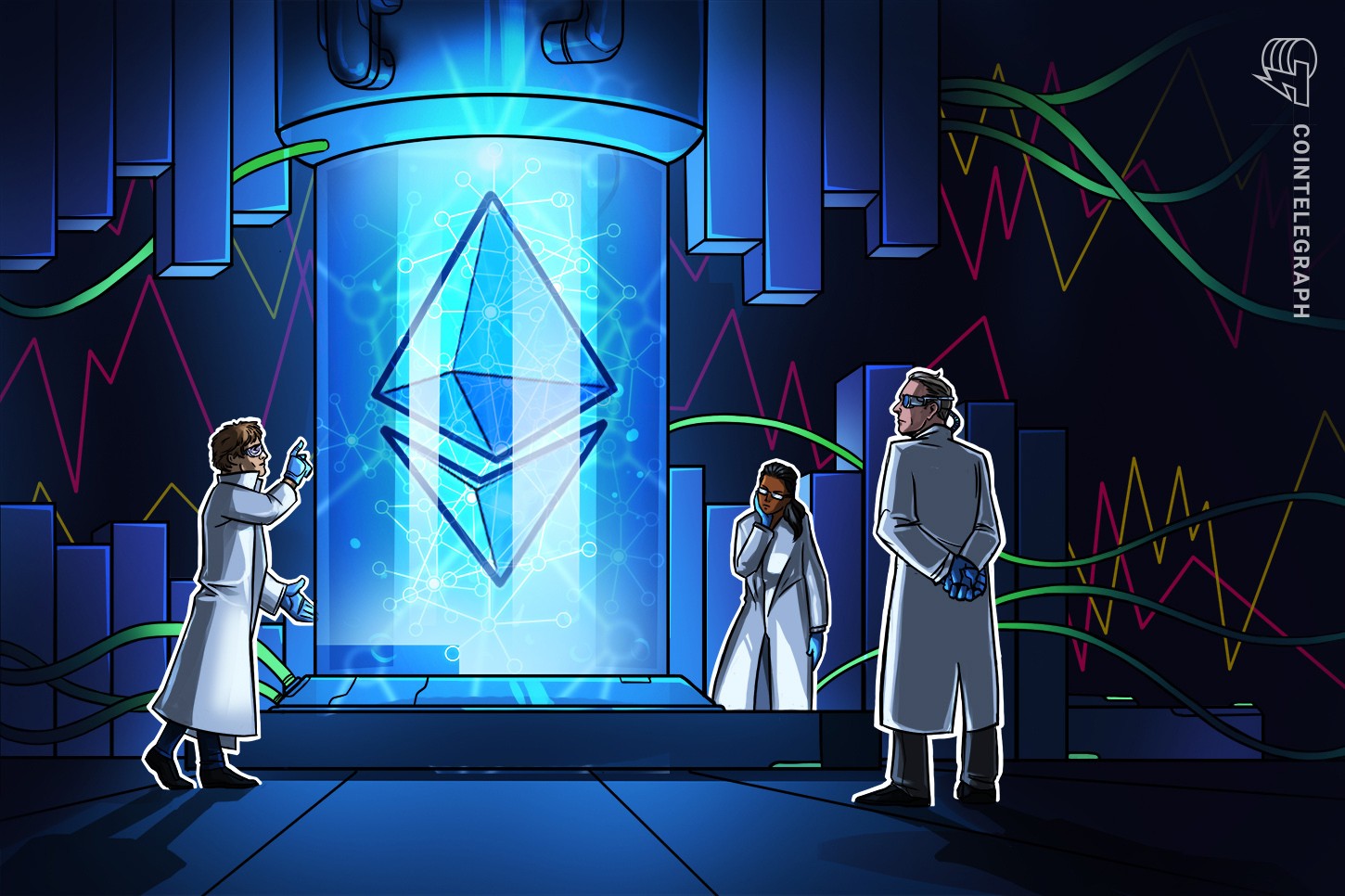
The Ethereum network has faced withdrawals from its smart contract applications, putting the recent ETH price rally in check.
Ether (ETH) price faced resistance after hitting the $1,970 level on July 3. A number of factors capped the rally, including higher odds of more interest rate hikes in the coming months and a tighter regulatory cryptocurrency environment.
Macro headwinds from the Fed
Besides the external factors, the Ethereum network has faced withdrawals from its smart contract applications, which also put the June rally in check.
Investors now question whether the tailwinds from Bitcoin’s (BTC) ETF requests have faded, opening room for a correction down to the $1,700 level last seen on June 16.
The recent macroeconomic events may provide some hints, including the, U.S. Gross Domestic Product grew by an annualized 2% in the first quarter, Germany’s Consumer Price Index increased 6.8% in June versus the previous year, and The China Caixin global services purchasing managers’ index (PMI) reporting activity expansion.
Thus, strong economic indicators have heightened investors' expectations of further tightening measures from the U.S. Federal Reserve.
Fed Chair Jerome Powell's suggestion of two more interest rate hikes in 2023, coupled with the increasing cost of capital and higher returns on fixed-income investments, have diminished interest in cryptocurrencies.
On the regulatory front, the most pressing news and events included:
- June 28: European Union (EU) lawmakers moved ahead with the controversial Data Act, imposing altering requirements for smart contracts, including kill switches that allow them to be safely terminated and rules for providing shareable data.
- July 4: Binance Australia had their corporate offices searched by local authorities, part of an ongoing probe of its derivatives business, whose license was shut down in April 2023.
TVL nears 3-year lows as network demand falls
The Ethereum network is likely facing its own challenges, particularly after co-founder Vitalik Buterin stated on June 29 that he does not stake all of his Ether due to the complexities associated with multisignature wallets.

The total value locked (TVL), which measures the deposits locked in Ethereum's smart contracts, reached its lowest level since August 2020. The indicator declined by 3.1% to 13.7 million ETH in the 30 days leading to July 4, according to DefiLlama.
A lower TVL means either investors are losing interest in the network's smart contract use or have moved to layer-2 alternatives in search of lower transaction fees. Either way, the potential demand for the Ethereum network is negatively impacted, thus being interpreted as bearish.
ETH price gains fueled by leveraged longs
Analyzing the positions of professional traders in ETH derivatives is crucial to determine the likelihood of Ether's price surpassing the $1,970 resistance level.
There are occasional methodological discrepancies between different exchanges, so readers should monitor changes instead of absolute figures.

Despite Ether trading within a narrow range of $1,815 to $1,975 since June 22, professional traders have increased their leveraged long positions in futures, as indicated by the long-to-short ratio.
At crypto exchange Binance, the long-to-short ratio sharply increased, from 1.14 on June 20 to 1.30 on July 4. Similarly, at OKX, the long-to-short ratio also increased from 0.76 on June 20 to a 2.25 peak on July 4, favoring leveraged longs.
To exclude externalities that might have solely impacted the Ether futures, one should analyze the ETH options markets. The 25% delta skew indicator compares similar call (buy) and put (sell) options and will turn positive when fear is prevalent because the protective put option premium is higher than the call options.

The skew indicator will move above 8% if traders fear an Ether price crash. On the other hand, generalized excitement reflects a negative 8% skew.
As displayed above, the delta skew flirted with moderate optimism between July 3 and July 4, but was unable to sustain such a level. Presently, the negative 2% metric displays a balanced demand for call and put options.
Related: The Supreme Court could stop the SEC’s war on crypto
ETH at $1,700 might be distant, but so is $2,000
Considering these four reasons, namely increased leverage long-to-short ratio, declining TVL, potential interest rate increases, and tighter cryptocurrency regulation, ETH bears are in a better position to hold back the positive price impact coming from the Bitcoin ETF saga.
Although these factors may not be sufficient to drive ETH price down to $1,700, they present significant obstacles for ETH bulls. Notably, the previous attempt to brea $2,000 on April 13 lasted less than a week. Therefore, in the short term, bears have better odds of successfully defending the $1,970 resistance.
This article is for general information purposes and is not intended to be and should not be taken as legal or investment advice. The views, thoughts, and opinions expressed here are the author’s alone and do not necessarily reflect or represent the views and opinions of Cointelegraph.

You can get bonuses upto $100 FREE BONUS when you:
💰 Install these recommended apps:
💲 SocialGood - 100% Crypto Back on Everyday Shopping
💲 xPortal - The DeFi For The Next Billion
💲 CryptoTab Browser - Lightweight, fast, and ready to mine!
💰 Register on these recommended exchanges:
🟡 Binance🟡 Bitfinex🟡 Bitmart🟡 Bittrex🟡 Bitget
🟡 CoinEx🟡 Crypto.com🟡 Gate.io🟡 Huobi🟡 Kucoin.



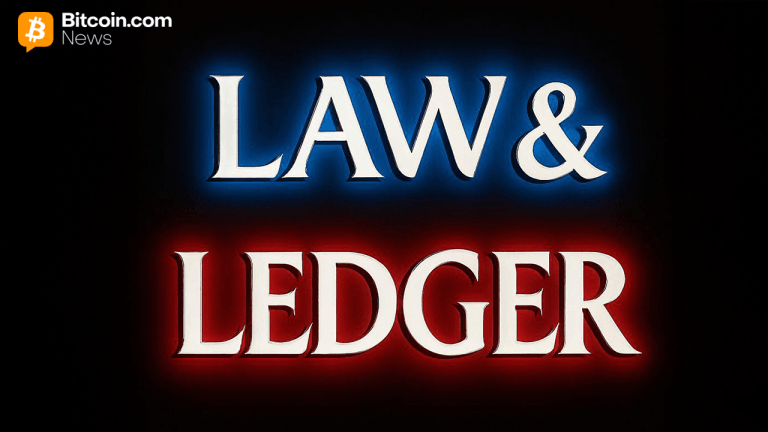



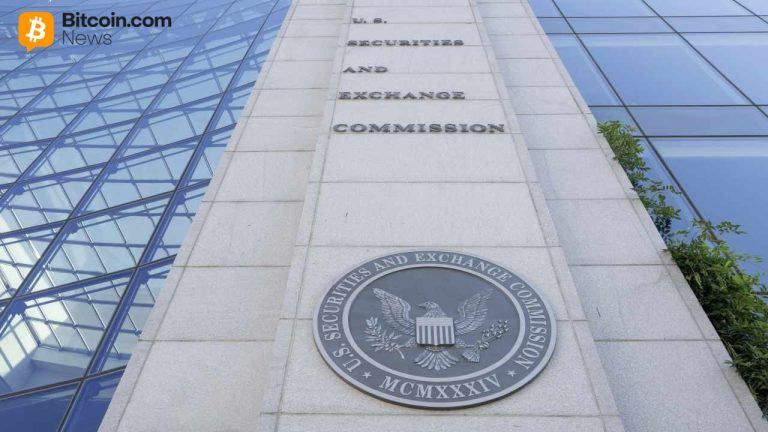
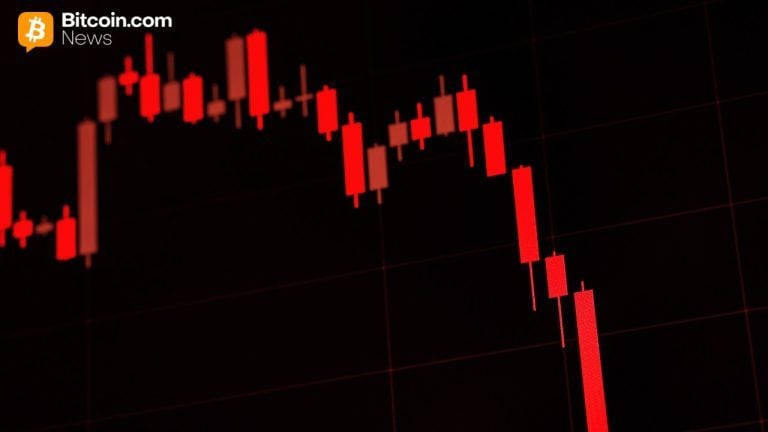


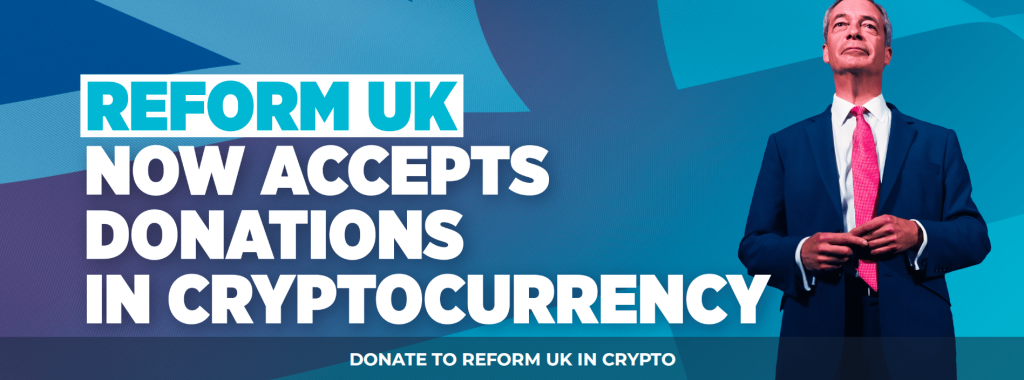





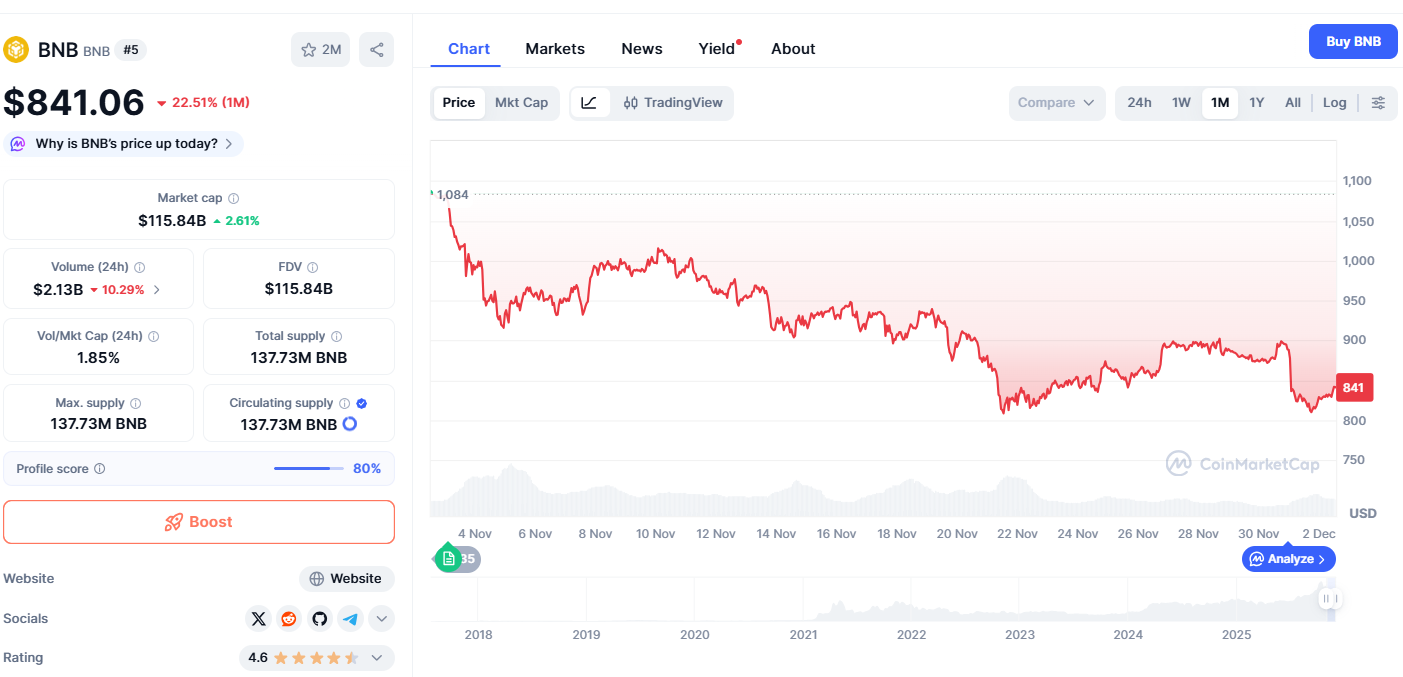

Comments